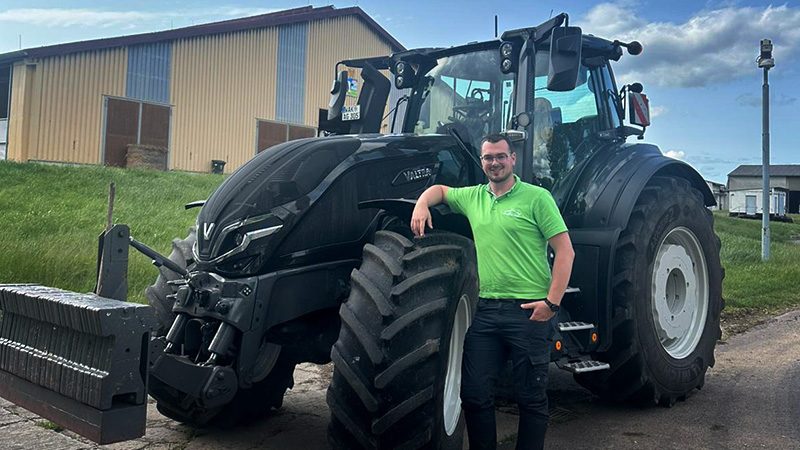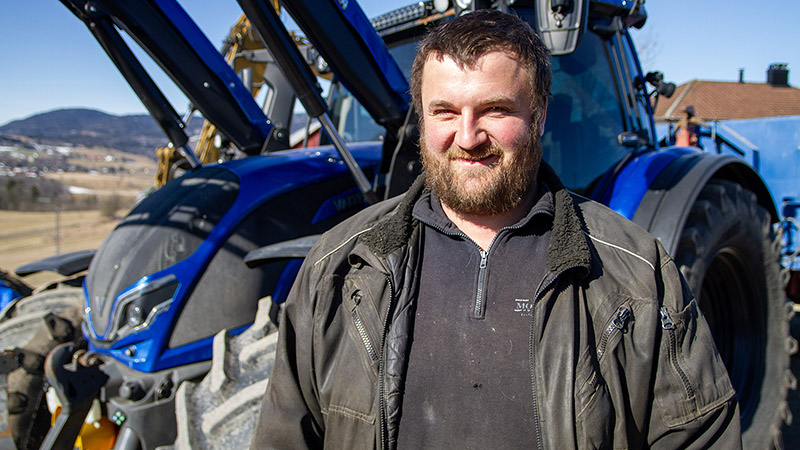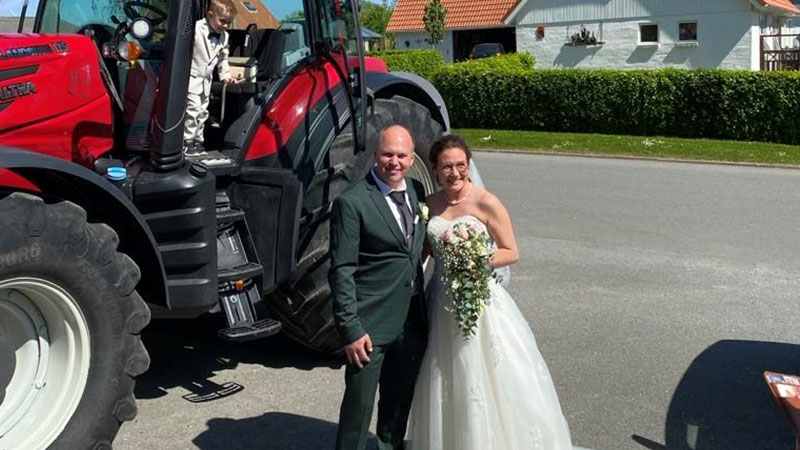Cereal farmer Tommy Antill receives €35 more per tonne of rye he produces when it is grown in an environmentally friendly way. The price difference is enough to cover the increased production costs, and he gets a good return on his investment.
"I've been thinking about the future, about how I can help future generations and keep the environment in better shape. So, I joined this programme for the future and for the environment. The better price paid for the grain also influenced my decision. The extra price will at least help me pay for the increased costs," says Antill.
Antill cultivates a family farm in Vöyry, Ostrobothnia, as a sideline. His main job is selling agricultural machinery. However, running a 70-hectare arable farm and 130 hectares of forest is a demanding sideline, especially as he does practically all the fieldwork and a large part of the forestry work himself.
"I joined Lantmännen's Climate and Nature Programme a year ago. The autumn 2024 crop is the first to be grown according to the programme's rules. I have 10 hectares of rye fields in the programme. It looks like it will yield about seven tonnes per hectare."
Reducing emissions through a variety of solutions
Lantmännen's Climate & Nature programme has been operating in the Nordic countries since 2015. In total, the programme has produced more than 700 000 tonnes of grain in different countries and reduced carbon dioxide emissions by around 50,000 tonnes. In Finland, there are about 100 farmers involved in the programme, cultivating 3,500 hectares. This results in a grain harvest of around 15,000-20,000 tonnes. In Finland, rye grown under the programme produces about 15% less CO2 than rye grown under normal cultivation, but in Sweden, for example, wheat produces up to 45% less CO2.
The main factors are the use of renewable fuel and a special fertiliser. The programme also includes planting flower meadows for pollinators and creating nesting sites for birds. Economical driving and precision farming also reduce emissions. The programme also favours grassland cultivation and root crops, says Antill.
For example, the Climate and Nature programme does not restrict tillage methods or the use of pesticides. In fact, fieldwork is almost the same as on other farmland. The early-season top dressing is now applied by a contractor with a Yara N-Sensor leaf-green scanner on his tractor. It helps to apply just the right amount of fertiliser in the right place.
- It is not a requirement that the field in question be run on renewable fuel, but rather that a certain amount of renewable fuel be used during the harvest season in general. I have renewable and conventional diesel in separate tanks, but they could well be mixed because the tractor, thresher and dryer run in exactly the same way on both fuels. Neste MY Renewable Diesel is slightly more valuable than regular fuel oil, but the additional price of the grain compensates for this. As an easy-to-deploy solution. Neste MY Renewable Diesel reduces machinery's greenhouse gas emissions by up to 75% or up to 95%* over the fuel’s life cycle when compared to fossil diesel.
**) The GHG emission reduction varies depending on the region-specific legislation that provides the methodology for the calculations (e.g. EU RED II 2018/2001/EU for Europe and US California LCFS for the US), and the raw material mix used to manufacture the product for each market.
A common environmental programme for the whole value chain
In Finland, Lantmännen Agro, Lantmännen Unibake Finland, Lantmännen Cerealia Finland and Vaasan bakery, all part of the Lantmännen Group, are involved in the environmental programme, i.e. the entire chain from grain purchase to mill and bakery. The rye grown by the farmer under the Climate & Nature programme is used in the very popular Vaasan Ruispalat bread and Koulunäkki crackers.
Most of the costs of the programme are fixed, but an additional price is paid per tonne of grain. With a large yield per hectare, the farmer can gain a slight economic advantage over conventional farming.
Two Valtras, a Sampo thresher and renewable diesel from Neste
Antill’s farm has Valtra T162 Versu and N174 Direct tractors and a Sampo-Rosenlew C8 Comia thresher. Both tractors have front loaders, front suspension and 50 km/h gearbox. Antill undertakes spraying, seeding and forestry work, while the T-series does heavier work such as ploughing with a five-bladed rotary plough and harrowing with a 7-metre plough. Antill also has a 14-tonne tracked excavator, which he uses to work outside his farm in winter.
The farm has always had Valtra and Valmet tractors, but sometimes other brands are also tried out. The Valtras are really good to drive and the nearest service station is only 15 km away.
Antill ordered Neste MY Renewable Diesel from the AGCO Finland store in Seinäjoki while he was there to buy service parts for his tractors.
The renewable fuel oil arrived just as smoothly as regular fuel oil. I received a text message when the fuel was ordered, as well as when it was loaded. The whole order worked great. And there is no difference in using it compared to regular fuel.



